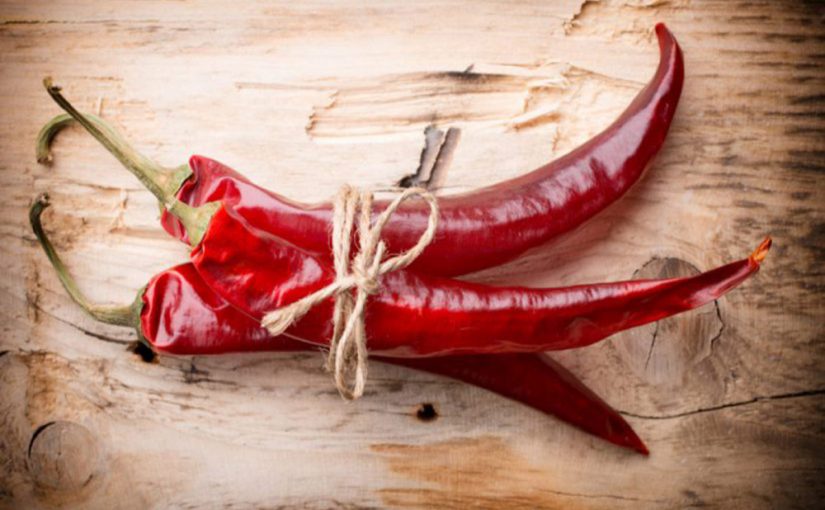15.3.2018
OUR STORE ON LINE
We want to share with your the news that that our company in now online in US, selling everywhere its products, available to any e-commerce deals with any buyer in North America, Canada and China, and many other countries.

See our STORE ONLINE
Surfing on the online store you can appreciate our lines, further you can see that:
- SMAF Ltd, with competence and professionalism, represents some of the most important food and beverage production areas in Italy.
- SMAF Ltd follows the products directly from the manufacturer, managing the collection, transportation and accompanying them to its customers.
- SMAF Ltd assures its partners the utmost seriousness.
- SMAF Ltd collaborates with prestigious clients.
- SMAF Associates LTD operates in the agricultural products sector as a MEDIATOR – national and international “BROKER“.
Our store online on E-WORLD-TRADE B2B PORTAL mainly deals with CALABRIAN BERGAMOT and OLIVE OIL, as well as with DAIRY products and original Calabrian SAUSAGES. It also trades the Calabrian Bergamot derivatives: essence, peel, puree and juice.
Our BROKERAGE deals with IMPORT-EXPORT to USA, Canada, Europe and Eastern countries, from Calabria, Italy, for quality food & beverage of the best brands. We place the right importance on local quality F&B by transporting them directly from the manufacturer. We are very serious about our business partners and we have internationally prestigious customers. Among other brokerage firms: Argentina, Australia, Belgium, Brazil, Canada, Chile, China, Croatia, Egypt, Ethiopia, Philippines, France, Germany, Great Britain, India, Lithuania, Morocco, Mexico, Myanmar, Slovenia, Spain, Thailand, Turkey, Ukraine, Hungary, USA and Vietnam.

The presence of liaison offices in Calabria provides a strategic position for the supply and distribution of goods. We are the privileged interlocutor for the world of Commercial and Collective Catering, the HORECA sector and all the business forms that need a high level of service as well as a constant and customized quality standard.
Our company has a wide range of high quality food & beverage, industrial food processing and high quality dairies, able to assure not only many brands, but also to cooperate with specialized companies in the packaging sector. The latter can be customized.
Finally, SMAF Ltd store allows us to act:
- as a brokerage agency for the sale of food & beverage products and logistics for independent food producers and wholesalers who from the heart of Calabria operate to the main European markets;
- with two autonomous but integrated departments (a department deals with sales brokering and a logistics department, enabling us to effectively follow the whole process from packaging to delivery of goods);
- offering the possibility to use only individual services according to both the customer’s logistic or sales of the product requirements, always offering expertise and professionalism.
Are you looking for a food and beverage wholeseller? Contact us and we will open a direct and preferential track with the producers.




